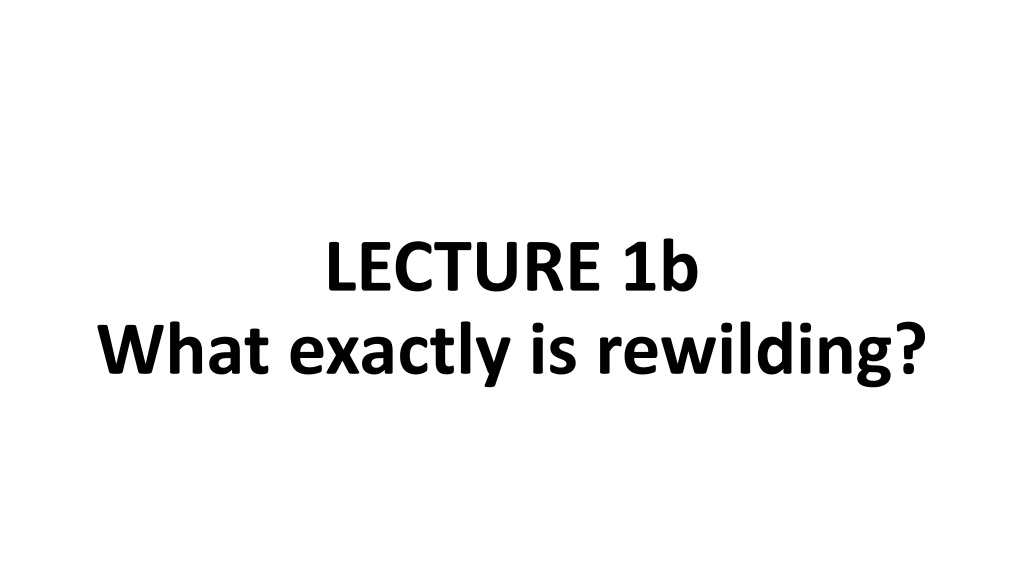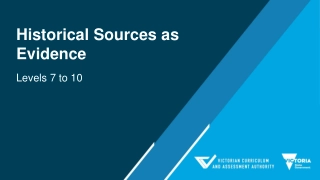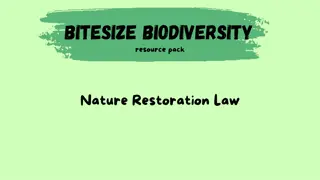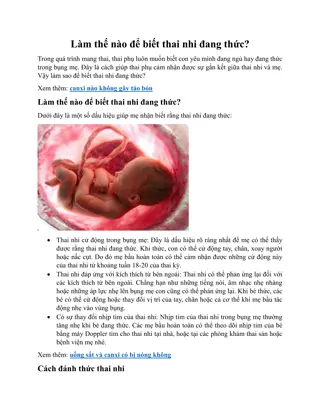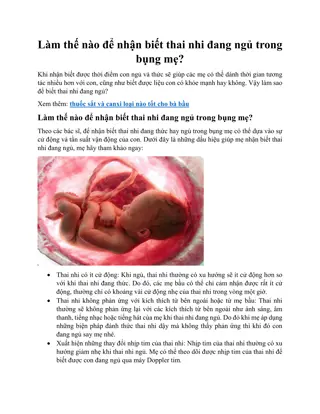Exploring the Concept of Rewilding: A Historical Perspective
Rewilding, defined as returning land to a wilder and more natural state, has roots in the early 1990s with a focus on reintroducing large carnivores into North America. Various scholars have different perspectives on rewilding, emphasizing the restoration of big wilderness, regulatory roles of large predators, and the importance of indigenous people. The concept also delves into the idea of reintroducing large wild vertebrates to counter the domination of pests and weeds. Overall, rewilding aims to restore ecosystems to their original, balanced state before human interference.
Download Presentation

Please find below an Image/Link to download the presentation.
The content on the website is provided AS IS for your information and personal use only. It may not be sold, licensed, or shared on other websites without obtaining consent from the author. Download presentation by click this link. If you encounter any issues during the download, it is possible that the publisher has removed the file from their server.
E N D
Presentation Transcript
LECTURE 1b What exactly is rewilding?
Defining rewilding OED (2014) lists the first usage of rewild as 1990 and defines it as returning (land) to a wilder and more natural state . What is wilder ? Less human? What is more natural? Less human? Words, just like nature and its physico-chemical context, don t stand still The history of a term often tells us more about the term than the term itself.
Early mention of the concept of rewilding by Paul Martin in 1960s He wrote: To behold the Grand Canyon without thoughts of its ancient sloths, goats and condors is to be half-blind.
Defining rewilding Rewilding as a specific scientific term has its beginnings as a reference to the Wildlands Project (now called Wildlands Network), which was founded in 1991 Aimed to create North American core wilderness areas without human activity that would be connected by corridors.
Under this earliest rewilding concept, the wild is the time when large carnivores were abundant in North America This represents a very particular point in time
Soul and Reed Noss define rewilding as the scientific argument for restoring big wilderness based on the regulatory roles of large predators It also represents a time before Europeans were in America, but surely must include indigenous people (they are never mentioned).
Defining rewilding Josh Donlan defined re-wilding as the restoration of large wild vertebrates into North America in preference to the pests and weeds (rats and dandelions) that will otherwise come to dominate the landscape His reference point for wild is thus also before humans were even present in North America, around 13000 YBP
The Dandelion: foot soldier of succession Weeds are actually ruderals, central to natural succession and the formation of forests!
Key books in rewilding literature The Carnivore Way: Coexisting with and Conserving North America's Predators - Cristina Eisenberg Rewilding North America: A Vision for Conservation in the 21st Century - Dave Foreman
Further definitions of rewilding The repair or refurbishmentof an ecosystem s functionality through the (re-)introduction of selected species a transformative approach to conserving biodiversity Originally defined as a conservation method based on cores, corridors, and carnivores or wilderness recovery A subset of restoration But restoring to what?
Restoration and disturbance Society for Ecological Restoration s (SER) definition: the process of assisting the recovery of an ecosystem that has been degraded, damaged, or destroyed. Yet Nature is in a constant state of chaos/creation So how damaged is damage?
Cores, Corridors and Carnivores: The three Cs Cores: areas of pristine habitat large enough to sustain population and communities Corridors: overcome habitat fragmentation Carnivores: maintain species diversity through trophic enforcement Stemmed from work of Robert Paine
Perfect example of corridor creation Beinn Eighe Nature Reserve Joining up fragments of Caledonian forest See course website for more details
Restoration to what? When was wild? Pre-modernity? Pre indigenous people? Pre-glaciations? Pre-last mass extinction? Huge issues e.g. Tectonic plate movements Dynamism of Biosphere Natural climate change Interrupted corridors Economic realism
When was the Garden of Eden? Many ecologists argue that most of the world's ecosystems functioned largely independently of modern humans only prior to the Pleistocene extinctions ( 50,000 7,000 ybp) Although some argue for pushing this benchmark back further, as Homo has been using fire for several hundred thousand years, and this may have affected many ecosystems.
Things dont stay the same Changes in species are not the only variable Differences in climate, nutrients, water availability, plate tectonics and seasonality all alter the playing field
Pollen uncertainty Reconstruction past ecosystems is a dangerous game Animal-pollinated plants are not represented in the pollen record Many shrubs under shade do not flower Vegetative reproduction occurs in many species Virtually no animal record
When was the Garden of Eden? The early Holocene ( 10,000 ybp) has been suggested as an alternative conservation benchmark for Europe Pre-Columbian conditions have been suggested for North America Australia focus on the ecological conditions before European colonization in the late eighteenth century
What is this wild state to which we wish to return? Re-creating and maintaining a point in time and space is fundamentally questionable Why is one point in history better than another? Removing humans from the equation is problematic, given there are 7.5 billion of us on the planet Tiny pockets of rewilded habitats function merely as museum pieces or zoos rather than anything else.
Dead Clades Walking AKA Extinction debt Doomed populations due to relaxation lag E.g. Trinidad
Time lags Nature can take thousands of years to rebalance E.g. Trinidad is undergoing diversity decrease, still re-adjusting to separation from mainland South America as recently as 1500 years ago
This was a geological event, unconnected to human activity Thus we must be careful when proportioning blame and identifying solutions
Nature as a Museum To be rewilded to a particular state then kept for posterity E.g. Tentsmuir
What is wild? Does ecosystem humans + missing species = wild? Species turnover is a natural thing, dictated by much more than humans Extinction events happen regularly The Earth system moved on, self assembling and self-organizing Until now,
What is the unit of rewilding? A structural or functional unit? Is it the number of species, the functionality or the benefit to us? How do we measure function, and what is its unit worth? Do we shape nature to fit into our world or change our world to fit into nature? Genetic diversity Functional integrity Systems theory
What exactly is the unit of diversity? Important question What is the unit of diversity? Gene? Individual? Population? Community? Ecosystem? Earth system?
Wilderness and wildness Wilderness, like wildness, is a subjective and interpretive experience of the natural world A human construct What do you think of when you think of wilderness? Yet what of indigenous people, now mostly excluded from our controlled wilderness areas? Yet they are rarely even mentioned in rewilding work.
The wild Much of the attraction to wild areas by urban, white American men was nostalgia for an imagined frontier life A life of freedom, rugged masculinity and individualism, physical endeavour and conquest
Wildness or wilderness? wilderness is qualified by non- human autonomy Wilderness is a categorisation of humans and nature into the conceptually separate, distinct and pure sphere of wilderness More accurately, Western wilderness.
Friluftsliv Based on experiences of freedom in nature and spiritual connectedness with the landscape But without the Inuit, who have been removed from the wilderness in case they disrupt the spiritual contemplation!
Wilderness Wilderness under the US Wilderness Act passed in 1964 was defined as an area where the earth and its community of life are untrammelled by man yet wilderness was also a resource for human use Indigenous people not okay Tourists okay.
William Cronon: problems with the wilderness construct if wilderness leaves no place for human beings it can offer no solution to the environmental and other problems which confront us .
Wilding Peter Taylor (Beyond Conservation: A Wildland Strategy (2005)) employs wilding much more often in his book than rewilding , Advocating habitat creation based on future-thinking rather than past state targets A form of transition towards a natural world that addresses our errors Very problematic
Benefits of rewilding Addressing the nature deficit disorder Promoting eco-tourism Cheaper than conservation or ecosystem service action Building resilient ecologies against climate destabilization Seen as an aid to unifying Europe through a shared vision of conservation
Issues with rewilding Spread of disease Loss of genetic identity Risks of vigilantes native fauna facing ontogenetically novel predators fragile vegetation succumbing to new forms of herbivory hybridization between Old and New-World mammals Cross-border issues Loss of behavioural skills in indigenous species to cope with introduced predators Could a de-extinct species be patented?
Issue of continual intervention Not all the missing elements may be restorable for a variety of ecological and social reasons, In which case either more intervention may be needed For example large herbivores are culled because it has not been possible to reinstate the relevant carnivore trophic layer.
